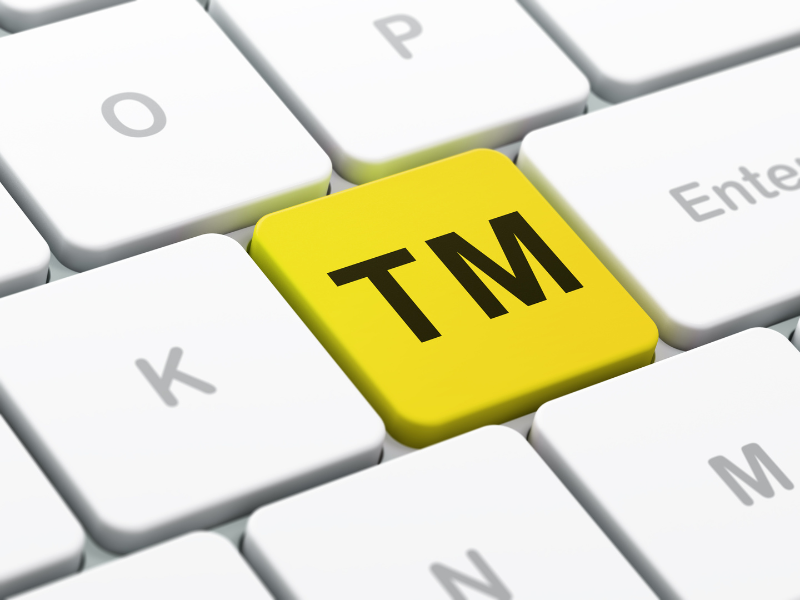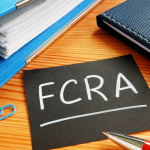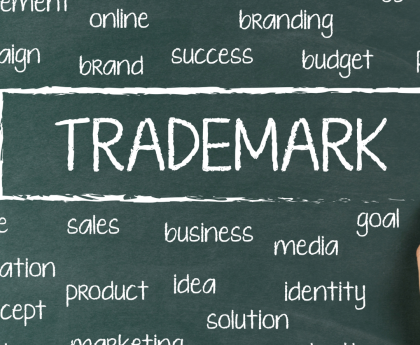A Comprehensive Guide to Trademark Registration: Process, Documents, Eligibility, Tax Exemptions, Deductions, Sections, Benefits, and Grants
Introduction
Trade Mark -Trademarks play a crucial role in establishing brand identity and protecting intellectual property. Registering a trademark is an essential step for businesses looking to safeguard their brand names, logos, and distinctive symbols. This article provides a detailed overview of the trademark registration process, including the required documents, eligibility criteria, tax exemptions, deductions, relevant sections, benefits, and potential grants in aid.
Trademark Registration Process
The process of trademark registration involves several stages and can vary from country to country. Here, we’ll outline a general process that applies to many jurisdictions:
Preliminary Search:
Before filing a trademark application, it’s essential to conduct a comprehensive search to ensure that your desired trademark is unique and not already in use by others. This step helps prevent potential conflicts and rejections.Application Filing:
Once you’re confident that your trademark is unique, you can file an application with the appropriate trademark office. You’ll need to provide details about your trademark, such as the name, logo, or symbol, along with the goods or services it will represent.Examination:
After filing, the trademark office will conduct an examination to verify if your trademark meets the required criteria. This includes assessing its distinctiveness and potential for confusion with existing trademarks.Publication:
If your trademark application passes the examination, it will be published in a government gazette or official publication to allow interested parties to oppose the registration if they believe it infringes on their existing rights.Opposition Period:
During this stage, any interested party can oppose your trademark’s registration by providing valid reasons. If no oppositions are filed within the specified time frame, your trademark proceeds to registration.Registration:
Once your trademark application survives the opposition period, it will be officially registered. You’ll receive a registration certificate, which grants you exclusive rights to use the trademark in connection with the specified goods or services.Documents Checklist for Trademark Registration
The required documents for trademark registration can vary depending on the jurisdiction and the specific circumstances of your application. However, a general checklist of documents often includes:
Trademark Application Form:
Fill out the official application form provided by the trademark office, providing all necessary details about your trademark and its intended use.Power of Attorney:
If you’re using an attorney or agent to file the application on your behalf, you may need to provide a power of attorney document authorizing them to act on your behalf.Proof of Trademark Use:
Some jurisdictions may require evidence of actual use of the trademark before registration. This can include specimens of the trademark as it appears on products or in advertising.Details of Goods or Services:
A comprehensive list of the goods or services that your trademark will represent is essential for the application.Trademark Specimen:
Provide samples of your trademark, such as logos or labels, as they will be used in commerce.Government Fees:
Pay the required filing and registration fees as specified by the trademark office.Priority Claim (if applicable):
If you have previously filed the same trademark in another country and wish to claim priority, provide details of the earlier application.Eligibility Criteria for Trademark Registration
To be eligible for trademark registration, your trademark must meet specific criteria, which generally include:
Distinctiveness:
Trademarks should be distinctive and capable of distinguishing your goods or services from others. Generic terms or commonly used symbols are typically not eligible.Non-Deceptiveness:
A trademark should not be deceptive or misleading regarding the nature, quality, or origin of the goods or services it represents.Non-Descriptiveness:
Trademarks should not describe the goods or services themselves. They should be unique identifiers rather than mere descriptions.Non-Conflict:
Your trademark should not infringe on existing trademarks or prior rights held by others.No Prohibited Elements:
Trademarks that contain offensive, immoral, or illegal elements may be rejected.Tax Exemptions and Deductions
In many jurisdictions, tax exemptions and deductions are available to businesses that have registered trademarks. These incentives aim to encourage brand protection and innovation. Here are some common tax benefits associated with trademark registration:
Amortization of Trademark Costs: Businesses can amortize the costs associated with trademark registration over time, reducing their taxable income.
Tax Credits: Some jurisdictions offer tax credits for businesses that actively protect their intellectual property, including trademarks.
Lower Capital Gains Taxes: When selling a business, trademarks can be considered capital assets, potentially qualifying for lower capital gains tax rates.
Research and Development Deductions: Expenses related to developing and maintaining a trademark may be eligible for research and development deductions.
International Tax Planning: Trademarks can play a role in international tax planning, allowing businesses to allocate profits effectively and potentially reduce their tax liability.
It’s essential to consult with a tax professional or legal expert to fully understand the tax benefits and deductions available in your specific jurisdiction.
Relevant Sections in Trademark Law
Trademark laws typically contain specific sections that govern various aspects of trademark registration and protection. These sections may include:
Section on Eligibility: This section outlines the criteria for trademark eligibility, including distinctiveness, non-deceptiveness, and non-descriptiveness.
Section on Registration Process: This part of the law details the steps involved in registering a trademark, from application filing to examination and registration.
Section on Trademark Infringement: Trademark laws include provisions for enforcing trademark rights and addressing infringement issues.
Section on Renewal: Most jurisdictions require trademark owners to renew their registrations periodically. This section specifies the renewal process and requirements.
Section on Opposition: This section governs the process of opposing trademark applications and protecting the rights of existing trademark holders.
Section on International Trademark Protection: Many countries are part of international agreements like the Madrid Protocol, which govern the international registration of trademarks. Relevant sections explain how these systems work.
Benefits of Trademark Registration
Registering a trademark offers numerous benefits to businesses, including:
Exclusive Rights: Trademark registration grants you exclusive rights to use your trademark for the specified goods or services, preventing others from using a similar mark.
Brand Protection: It provides legal protection against unauthorized use and helps protect your brand’s reputation and goodwill.
Market Advantage: A registered trademark can enhance your market position by distinguishing your products or services from competitors’.
Legal Recourse: If someone infringes on your trademark, you have legal grounds to take action against them, potentially recovering damages.
Asset Value: Trademarks can have significant asset value, making your business more attractive to investors or potential buyers.
Global Protection: International trademark registration can extend protection to multiple countries, allowing you to expand your business globally.
Grants in Aid for Trademark Registration
In some regions, businesses may be eligible for grants or financial assistance to support trademark registration and protection efforts. These grants aim to promote innovation, protect intellectual property, and encourage economic growth. Grant programs may include:
Government Grants: Some governments offer grants to small and medium-sized enterprises (SMEs) to help cover the costs associated with trademark registration.
Innovation Grants: Organizations dedicated to fostering innovation may provide grants to businesses that demonstrate a commitment to protecting their intellectual property.
Export Assistance Grants: Grants may be available to companies looking to expand into international markets, where trademark protection is crucial.
Industry-Specific Grants: Certain industries or sectors may have grant programs tailored to their needs, including trademark registration and protection.
Research and Development Grants: Businesses engaged in research and development activities related to their trademarks may be eligible for R&D grants.
Conclusion
Trademark registration is a critical step for businesses seeking to protect their brand identity and intellectual property. The process involves several stages, from preliminary searches to registration, and requires careful attention to documentation and eligibility criteria. Once registered, trademarks offer a range of benefits, including legal protection, market advantage, and potential tax incentives.
Understanding the relevant sections of trademark law, such as those governing eligibility, registration, and enforcement, is essential for a successful trademark strategy. Additionally, exploring available grants and financial assistance can help offset the costs associated with trademark registration and protection, making it more accessible for businesses of all sizes.
Overall, trademark registration is an investment in your brand’s future, providing legal security and a competitive edge in the market. To navigate the process effectively, consult with legal experts and consider the specific requirements and opportunities in your jurisdiction.
Source: Trade Marks : Public Search



